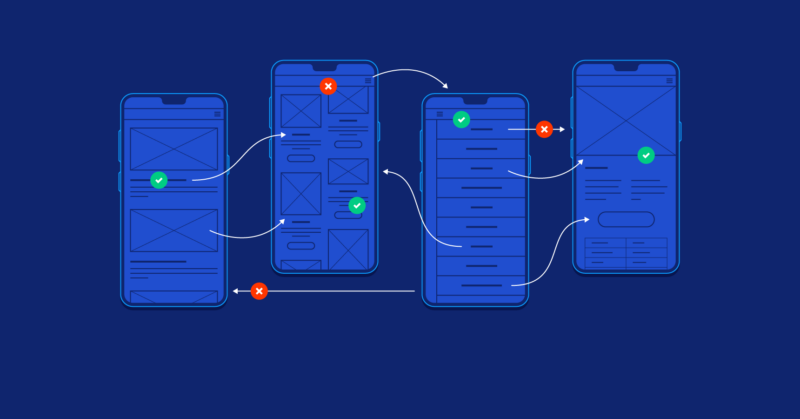Mobile App Development is essential for organizations and people in the digital era. Increase output, simplify operations, and attract customers with an intuitive mobile app. With the help of an easy guide, even a novice with only a little knowledge can develop a mobile app. With the correct approach and user experience, creating a mobile app may be lucrative and enable businesses and individuals to access a worldwide audience. This guide will explore the basics to provide insight into building a successful mobile app.
Understanding the Foundations

Before understanding mobile app development, one must master the fundamentals. Mobile app development produces smartphone and tablet apps. Leisure, social networking, business, and productivity apps exist. Ideas for apps start the process. This concept is then developed into an app strategy with features, functionality, and UI. To accomplish this method, developers use several programming languages and tools and test the app on many devices and operating systems.
Making the Right Choice
Having a mobile app platform choice is crucial. Android and iOS are two prominent systems with their pros and downsides. Apple devices like iPhones and iPads use iOS applications. iOS developers may tap into a rich market with high user engagement and revenue. The development process is usually more regulated, with tighter app review requirements and fewer devices to target. However, Android’s existence on several manufacturers’ devices expands its user base. Open development allows for more freedom and customization.
The Development Process

The process of developing a successful mobile app has many critical stages:
- Planning: This stage establishes the app’s goals, audience, and features. Effective development requires a clear strategy.
- Design: Designing the UI and UX is essential. Good app design makes navigating easy and looks good.
- Development: Apps are powered by developers’ code. Depending on the platform and technological stack, they employ Java, Kotlin, Swift, or JavaScript.
- Testing: Bugs must be found and fixed through rigorous testing to guarantee app functionality across devices and operating systems.
- Deployment: After testing, the program may be uploaded to Apple’s program Store or Google Play.
- Maintenance and Updates: The development process continues after deployment. Regular maintenance and upgrades are needed to fix bugs, add features, and remain competitive.
Leveraging App Development Tools

Robust development tools and frameworks make mobile app development easier. These technologies accelerate development, allowing developers to focus on unique features. Popular frameworks and tools:
- React Native: Cross-platform app framework utilizing JavaScript and React that lets developers create code once and distribute it on iOS and Android.
- Flutter: The Google UI toolkit builds natively built mobile, web, and desktop apps from a single codebase.
- Xcode: Apple’s iOS app development IDE, featuring Interface Builder for UI design and Swift Playgrounds for code testing.
- Android Studio: Official Google Android app development IDE including design, development, and debugging tools.
Conclusion
In conclusion, Mobile App Development provides organizations and people with limitless digital success. Anyone can develop excellent mobile applications so long as they have an awareness of the fundamentals, choose intelligent platforms, adhere to a structured development process, and use competent development tools. Those looking to boost productivity, broaden their market reach, or develop innovative ideas will find that developing mobile apps is a more straightforward process. For mobile applications to remain competitive in the market, they need to evolve to accommodate shifting customer tastes and technological advances.


